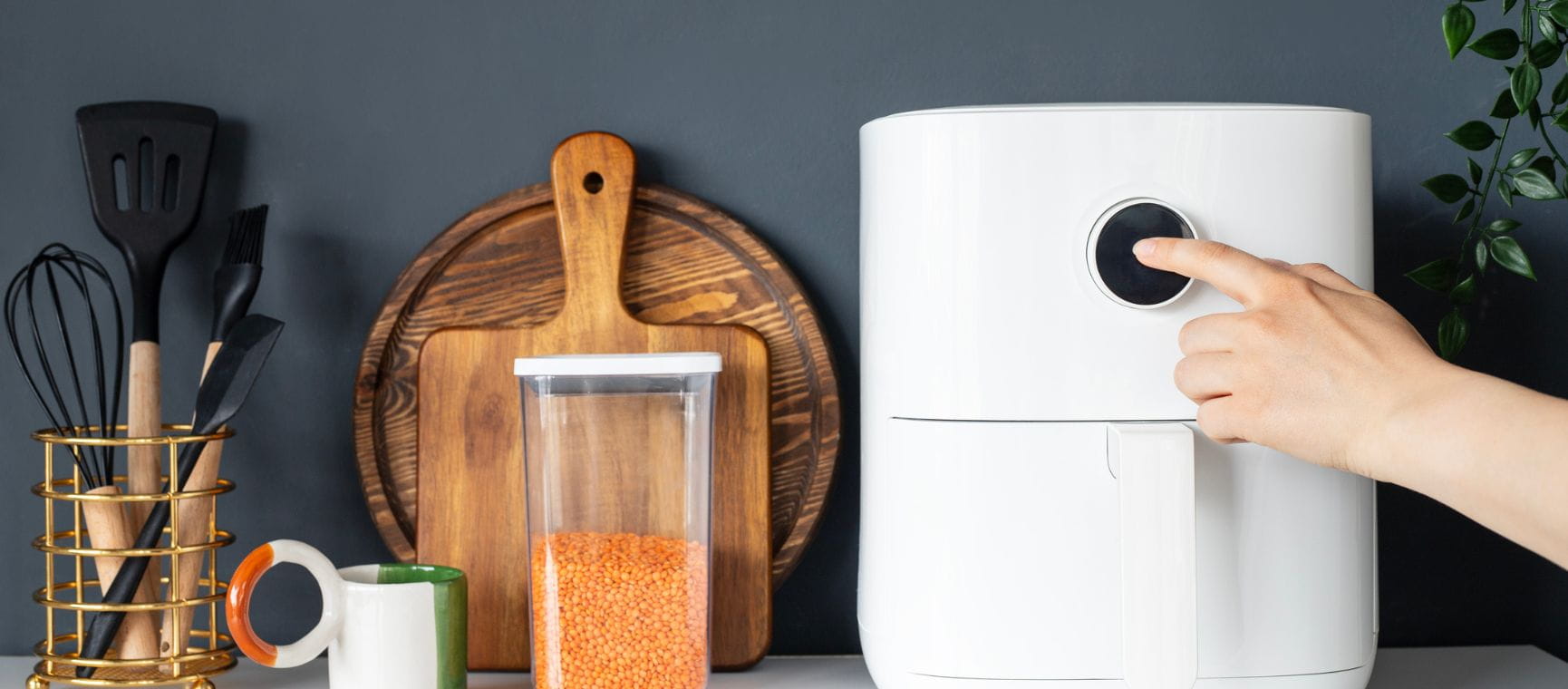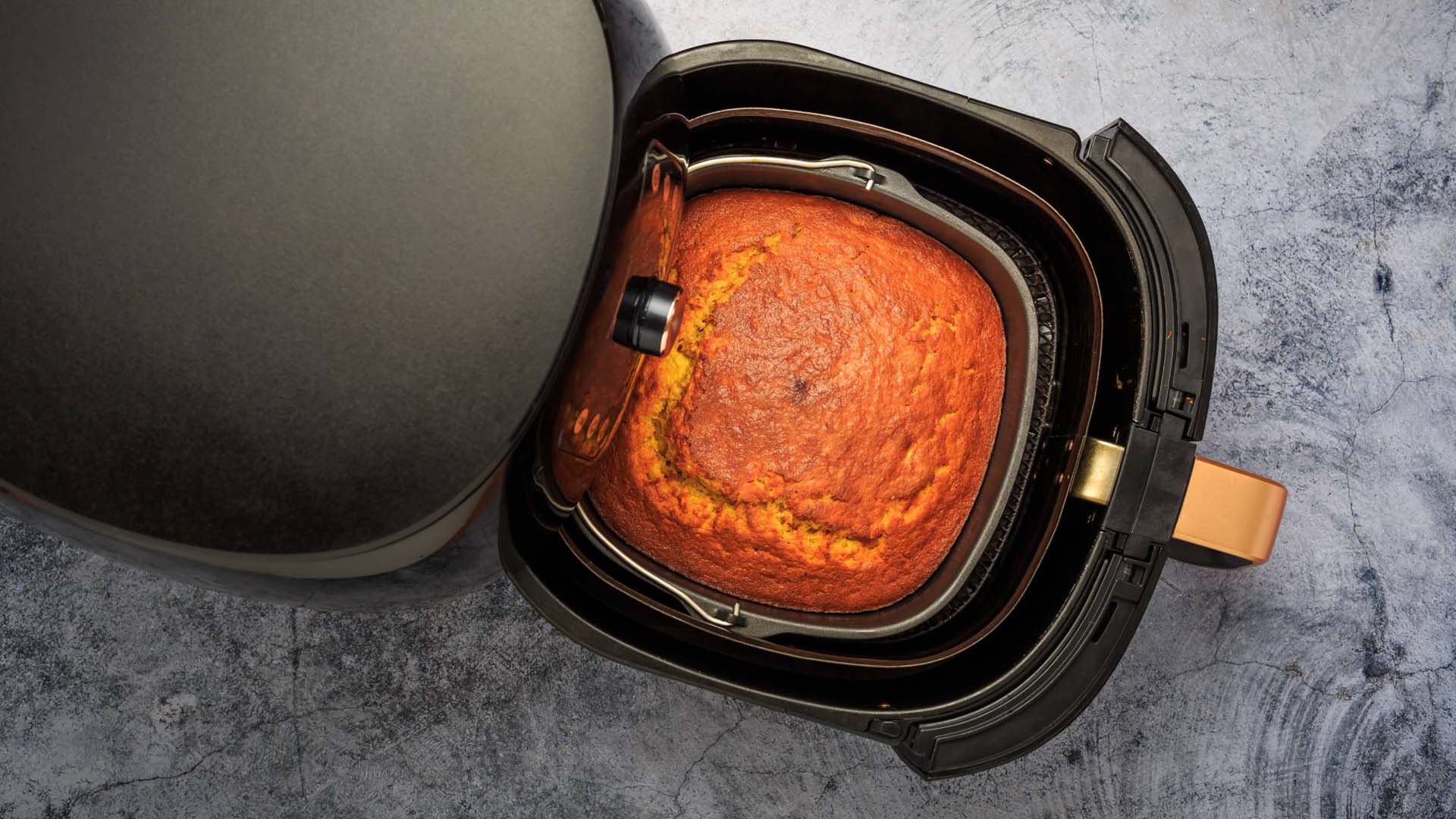
The air fryer is currently the cool kid on the kitchen scene. There are air fryer cookbooks on sale, they’re the subject of TV shows and you can also buy numerous air fryer accessories to enhance your cooking experience.
Looking on from the side lines is the humble microwave. Once the must-have item in the eighties, it’s been slightly overlooked in recent years and used mostly to heat things up. In an ideal world, you’d have both small appliances in your kitchen but as they both take up valuable counter space, it might be that you must choose between them.
If that’s you, we’re here to break it down – let the battle begin!
While both air fryers and microwaves are countertop appliances, they use different technologies and excel at different tasks. Air fryers circulate hot air rapidly around food, achieving crispy exteriors and tender insides, similar to a mini convection oven.
In contrast, microwaves use radiation to heat water molecules within food, leading to faster cooking times but potentially uneven textures.
Ultimately, air fryers excel at crisping, while microwaves excel at speedy reheating and cooking liquids.
When it comes to shelling out for an appliance, you can buy a basic air fryer or microwave for roughly the same price. A standard size one-basket air fryer, from a reputable brand, will set you back around £50, whereas a basic microwave starts at around £65-70.
But what about running costs?
“It’s well-known that both air fryers and microwaves are considerably cheaper to run than your conventional oven and cook food far faster, meaning they’re more energy efficient,” says AO’s small appliance expert Thea Whyte.
As for whether air fryers are cheap to run, it all depends on the wattage you choose. For example, the Instant Vortex Clearcook air fryer has a wattage of 1,700W. Using this energy calculator, it would cost you 12p to use it for 15 minutes, enough time to cook some frozen chips or nuggets perhaps.
Air fryer expert Sam Milner, co-author of The Complete Air Fryer: 140 Super-Easy, Everyday Recipes and Techniques, says there are definitely times when air fryers are the cheapest option.
“If you live on your own and are doing a small portion of food, you don’t want to waste money preheating the oven,” she says.
“I also did an experiment and found it was cheaper on electricity to run four air fryers vs one electric shower!”
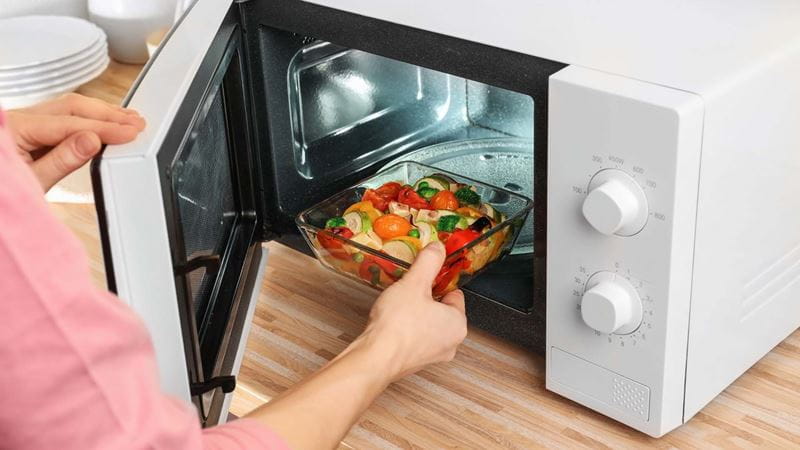
As microwaves are often a lower wattage – around 600W to 800W for a standard domestic one – they are generally cheaper to run. An 800W microwave, for example, would cost just 6p for 15 minutes.
Tim Anderson, author of Microwave Meals, says they are often the most economical choice because of how they transfer electrical energy directly into food.
“Considering all they can do, I think microwaves are very good value to buy,” he says.
Microwaves are the cheapest to run, but unless you buy one with a grill, you might be limited to the type of food you can cook in it.
Microwaves are renowned for their user-friendliness. Simply place your food inside, select the power level and time, and press start.
Many even have pre-programmed buttons for common tasks like reheating or defrosting, making them perfect for quick and easy meals. Some are also utilising new technology to make cooking even easier.
“Newer models also come with advanced technologies such as sensor cooking, which automatically detects moisture in food along with the microwave’s humidity,” says Whyte.
“It then adjusts the power levels and cooking time to make sure your food won’t dry out.”
In theory, air fryers are similarly easy to use - fill the basket with food, choose a temperature and time and off you go. However, not all air fryers are made equally, which can make it difficult to work out timings.
“When you are, for example, following a recipe that says 10 minutes at 180c, in some air fryers you will have to adapt this to 12 minutes, in others it will be 9 minutes,” explains Milner.
“This is an awful experience for new air fryers users with many not realising this when they choose an air fryer. This is also what puts off many people using the air fryer.”
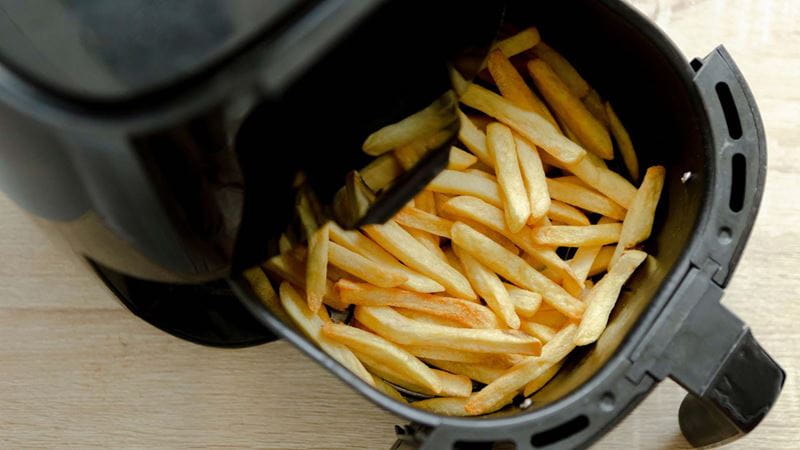
While a little practice might be needed to master timing and avoid overcrowding, there are other air fryer hacks that can improve your cooking experience.
The one thing to remember is that you will need to shake the basket half-way through cooking to ensure it cooks evenly. Forget this at your peril – unless semi-cooked chips are your thing.
Microwaves are definitely easier to use straight away, however, both appliances can be mastered with practice.
Ultimately, the easier option depends on your individual preferences and cooking habits.
Air fryers have transcended their initial reputation as simply healthier alternatives to deep fat fryers. They've become surprisingly versatile kitchen companions, capable of far more than just producing crispy chips.
Thanks to the ability to circulate hot air you can cook some surprising things in an air fryer – from poached eggs to cakes and biscuits. You can use them to reheat leftovers and, on some models, dehydrate fruits, herbs and even meat for tasty dog treats.
This versatility makes them a valuable tool in the kitchen, offering a variety of cooking options in a single, compact appliance.
“While I love my microwave, it won’t crisp my food for me,” says Milner.
“It doesn’t always give you an all-round cook either and it feels like more of an effort.”
Microwave-lover Anderson wholeheartedly disagrees, saying microwaves offer a surprising range of capabilities beyond simply warming up your dinner or heating up leftovers.

“Microwaves can toast nuts, crisp bacon, cook rice, cook pasta, make porridge, poach chicken and fish, steam vegetables… the list goes on,” he says.
“But the thing I really think people ought to try in the microwave are desserts. Cookies in two minutes, creme patisserie in three, whole chocolate cakes in twelve. It’s just amazing!”
Whyte says microwaves can be more versatile because you can purchase versions that come with added functionality which increase the number of foods you can cook in them.
“If you want something that can also grill food, then a microwave with a grill will be more suitable,” she advises.
“These types of microwaves are excellent for cooking meats like kebabs and tandoori chicken. Alternatively, if you're looking for something that can also roast and bake, then a combination or convection microwave will be the most appropriate option.”
The air fryer just pips it here. While a combination microwave offers endless possibilities, a standard version will cook and reheat, but you won’t get that lovely crispiness you get with an air fryer.
While the look of an air fryer or microwave isn’t going to impact on their performance, as they need to sit out on your worktop, you want to make sure they’re not an ugly waste of space.
The benefit of microwaves is that although longer than air fryers they are usually narrower – they can also be built into a kitchen design, meaning it’s out of the way.
Manufacturers like Swan have also realised that we don’t all want boring grey or black microwaves, offering retro designs in an array of pretty shades.
For Anderson, their usefulness outweighs any design issues there might be.
“Sure, they take up a bit of counter space – but I can’t think of anything else that will give you the same ratio of space to versatility,” he says.
“My toaster is probably about half the size of my microwave and literally all it does is toast bread. What a pathetic waste of space!”
Air fryers on the other hand seem to have one look – black and glossy. Some brands, such as Karaca and Swan (again) have introduced other colours, such as cream or red into its air fryer offerings, but on the whole, there isn’t a lot of choice.
You also need to make sure that you have enough space to safely home your air fryer, so this could limit the style you end up buying.
“Make sure you have enough space on your work surface as you don’t want your air fryer too close to the walls,” advises Clare Andrews, author of The Ultimate Air Fryer Cookbook.
“You need to keep a safe space around it to let the air flow.” And while you could keep your air fryer in a cupboard, the chances are if it’s stored away, you’re less likely to use it.
It’s a bit of a draw. Microwaves come in a variety of lovely colours, but you can buy very small air fryers, allowing you to keep them hidden away easily if you want.
When it comes to cleaning, the air fryer generally takes the cake (or, perhaps, the fries) over the microwave.
Most air fryers have removable, non-stick cooking baskets and trays that are easy to wipe down with soapy water or even put in the dishwasher (yes, this is not one of those things you should never put in the dishwasher).
While some air fryers might have additional attachments, like racks or skewers, these are usually few and manageable. And if you’re not sure how to clean an air fryer by hand - it literally requires hot, soapy water and a bit of elbow grease!
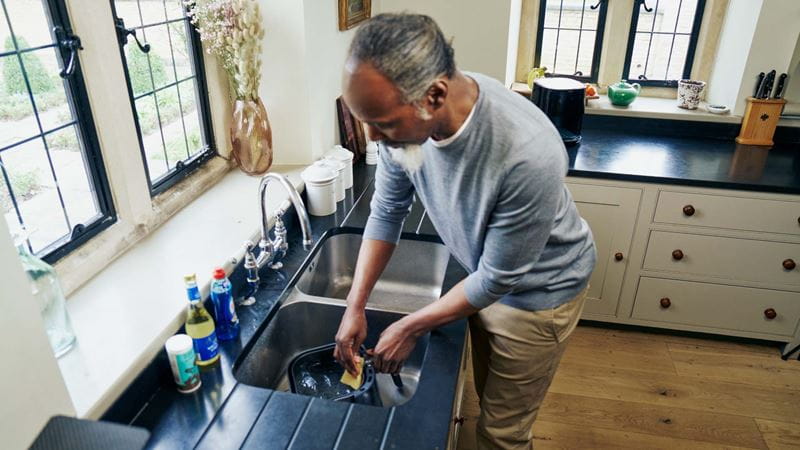
Microwaves, on the other hand, can be a bit trickier to clean. While the turntable and any grilling racks can be removed and washed, the interior itself requires wiping down with a damp cloth, which can be challenging to reach all the nooks and crannies, especially if food splatters have baked on.
This often requires additional cleaning steps like using a baking soda and vinegar solution or specific microwave cleaning products. Anderson though says he’d rather tackle the microwave compared to a traditional oven.
“I’d say microwaves are the cleanest piece of cooking equipment,” he says.
“You have to deal with the odd bit of spatter or spillage, but it just wipes off – not like a hob or an oven where the food gets burnt and fused onto the surfaces.”
The air fryer is the winner in our book. Anything you can bung into a dishwasher makes life much easier.
It was a dead heat between the two in our head to head.
Ultimately, the best choice between an air fryer and a microwave depends on your individual cooking needs and preferences.
Consider which factors are most important to you and weigh the pros and cons of each appliance before making a decision. But there are a few individual factors to consider.
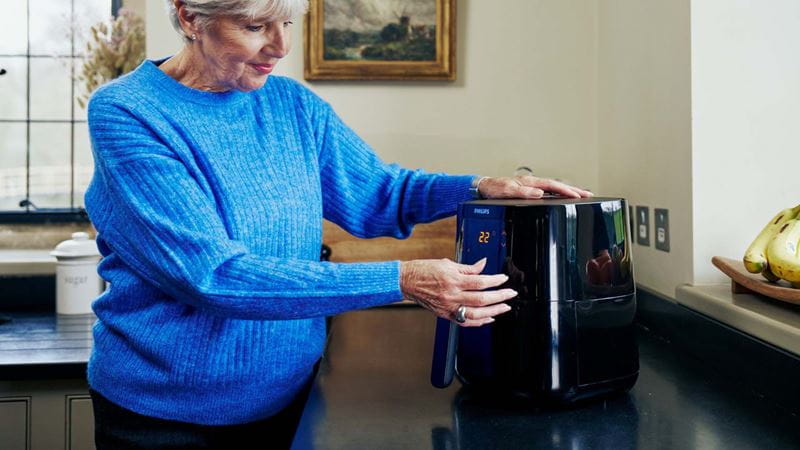
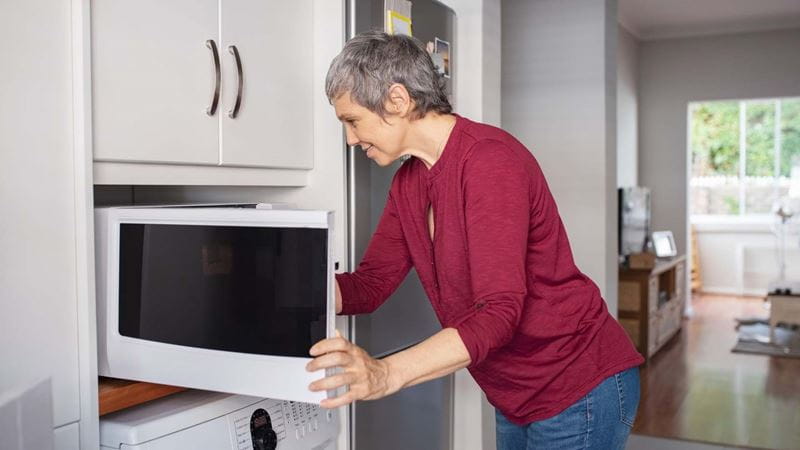
Jayne cut her online journalism teeth 24 years ago in an era when a dialling tone and slow page load were standard. During this time, she’s written about a variety of subjects and is just at home road-testing TVs as she is interviewing TV stars.
A diverse career has seen Jayne launch websites for popular magazines, collaborate with top brands, write regularly for major publications including Woman&Home, Yahoo! and The Daily Telegraph, create a podcast, and also write a tech column for Women’s Own.
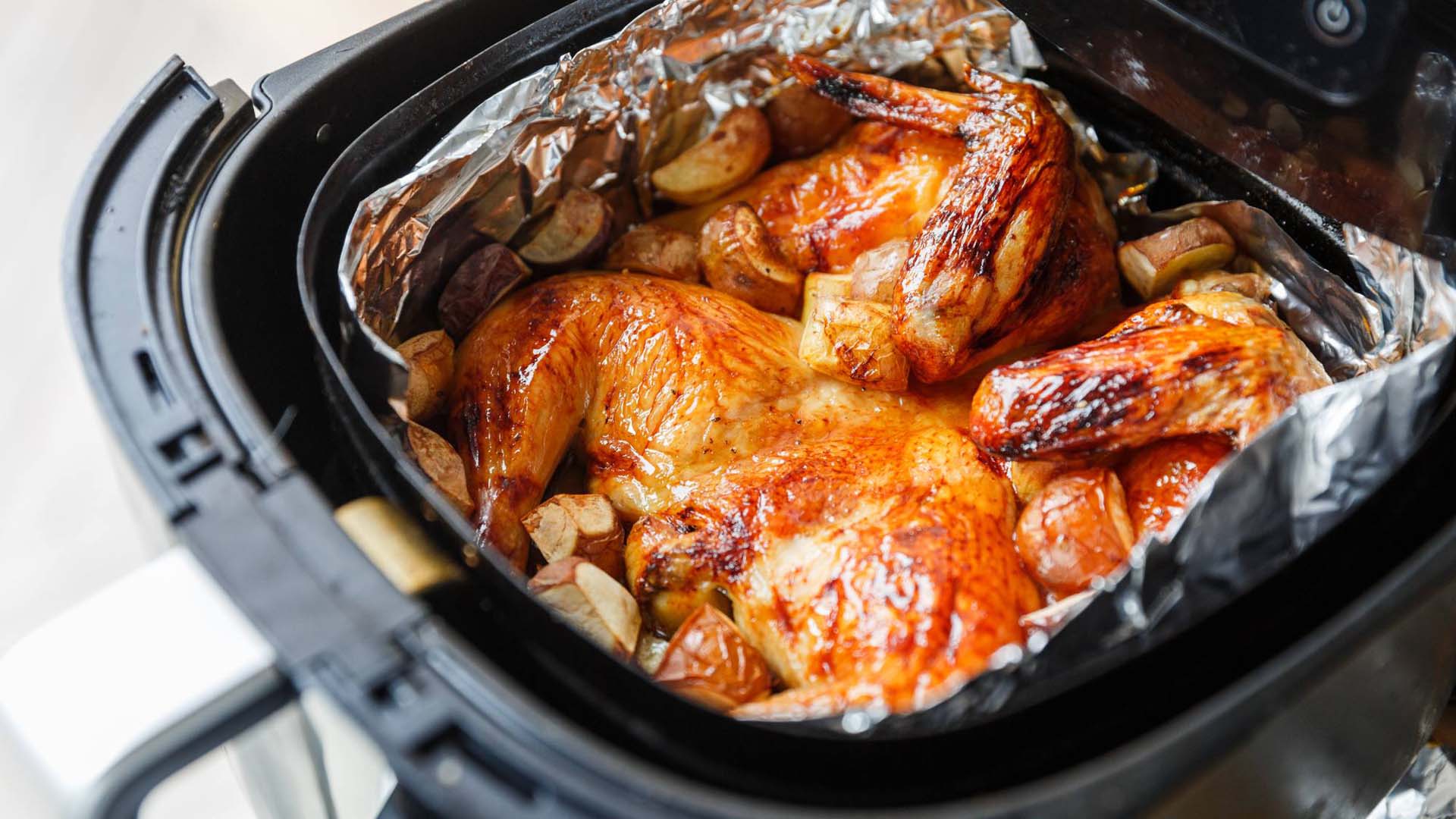
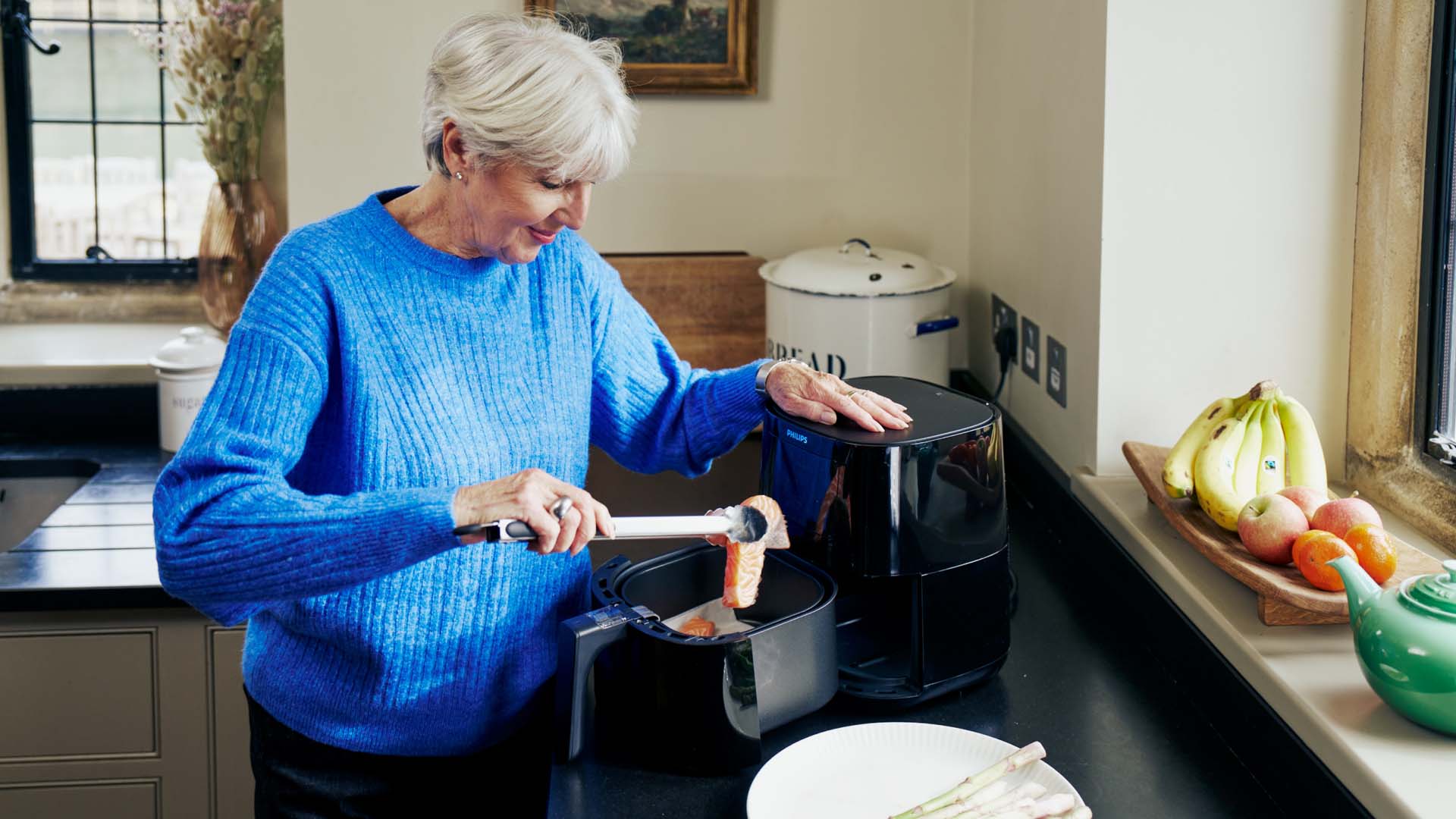
We delve into the world of air frying to share tips on what to look for when buying, and offer advice from expert chefs.
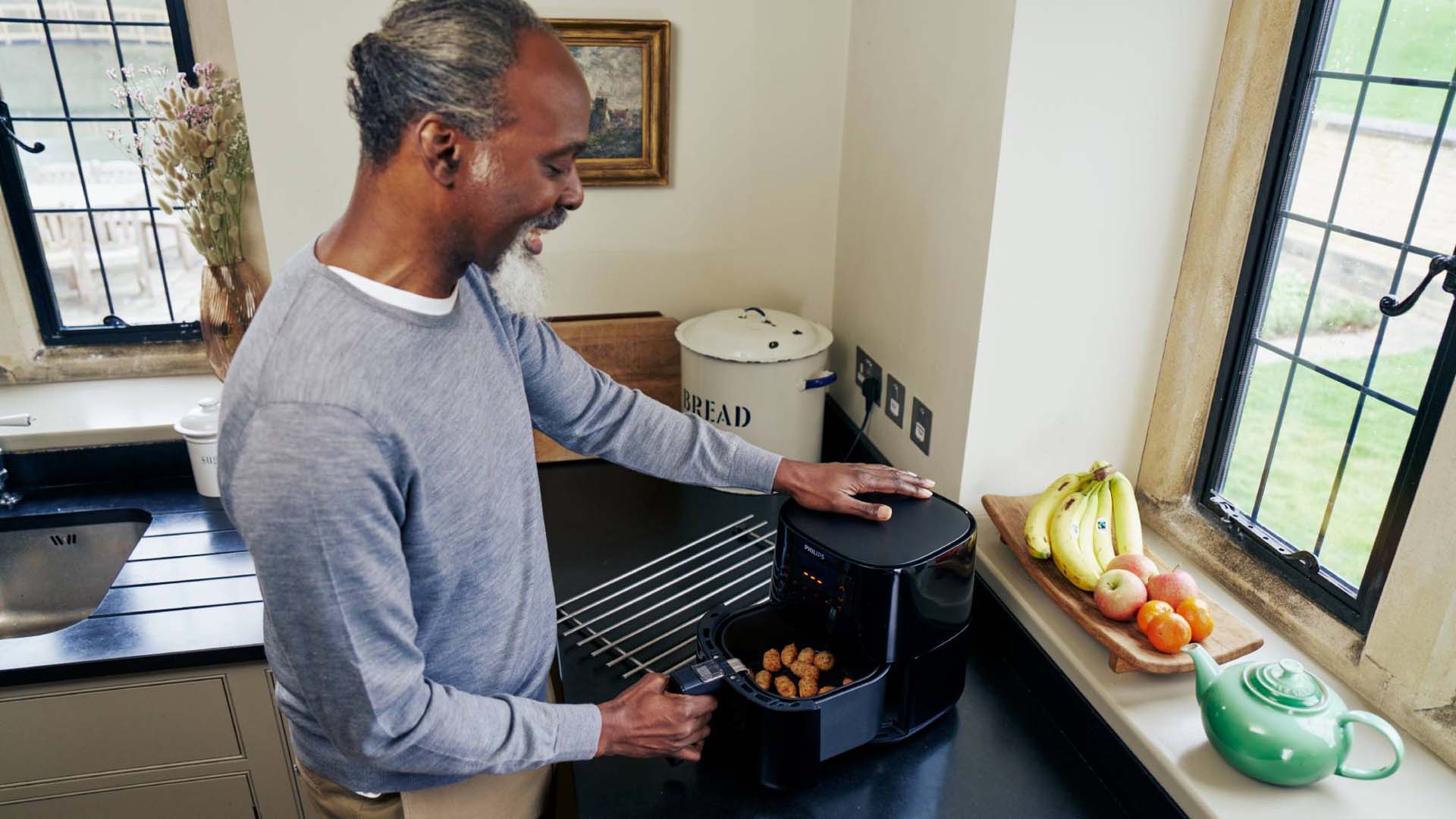
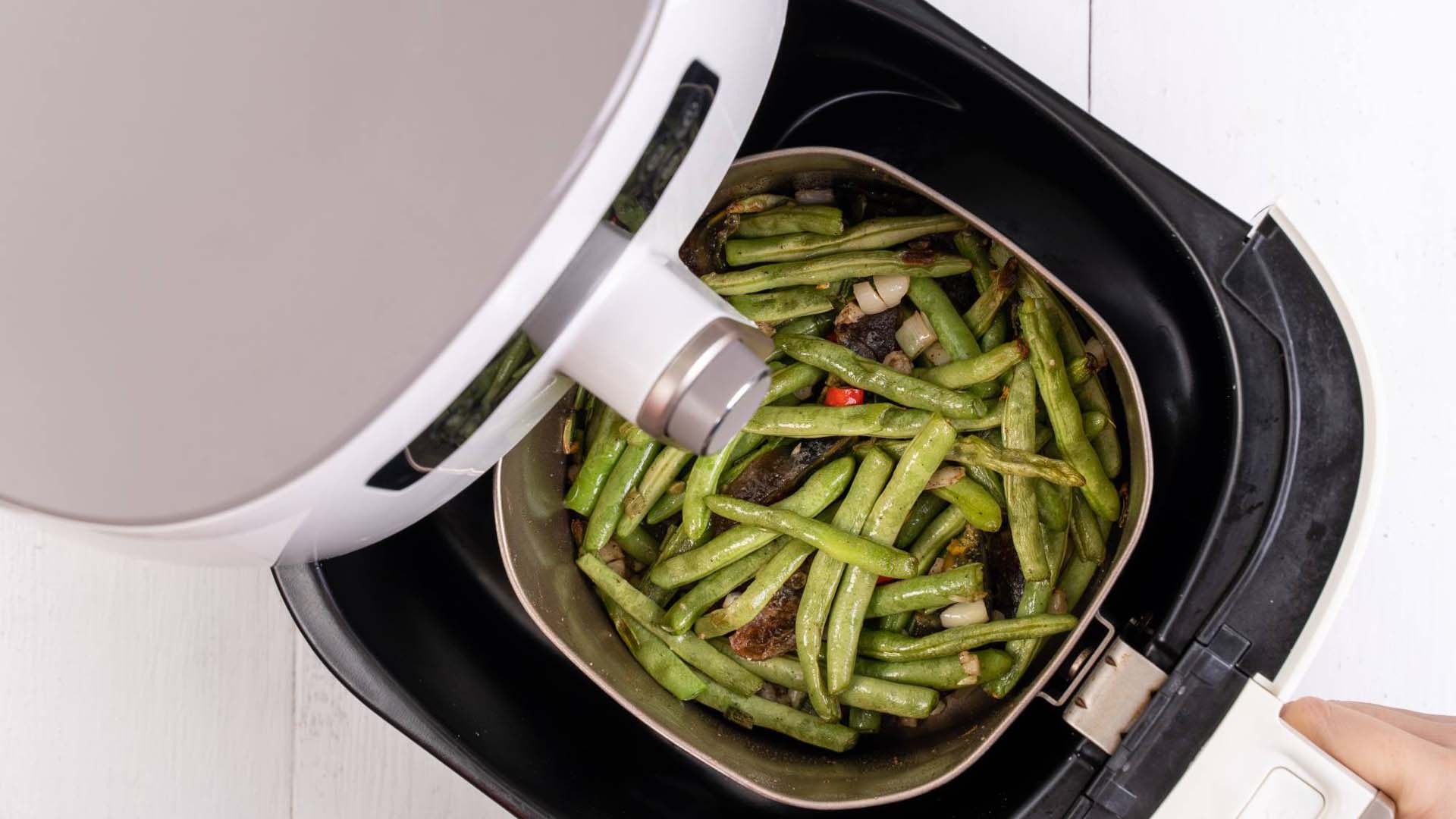
Find out the truth about air fryers and their impact on your health.
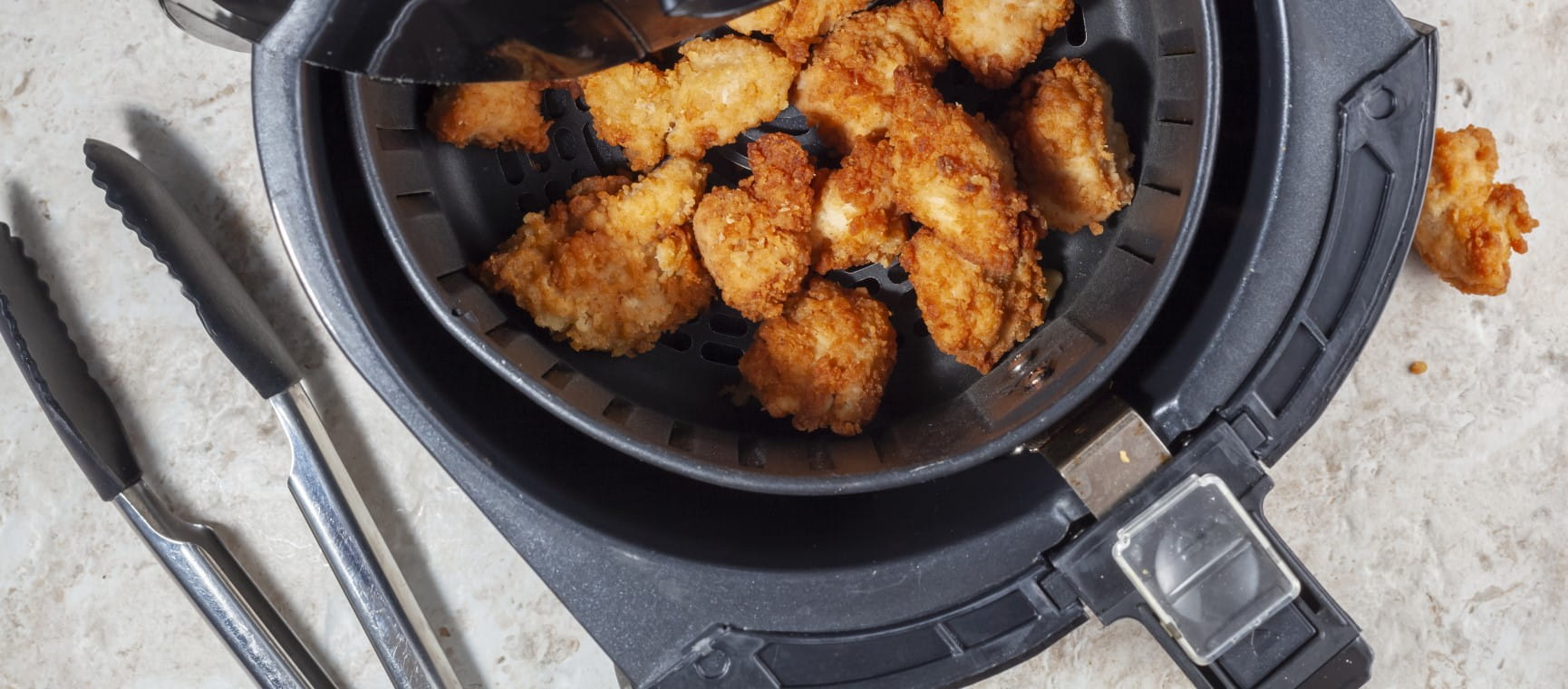
Still not used your air fryer? We've got advice from an expert on simple ways to get started.


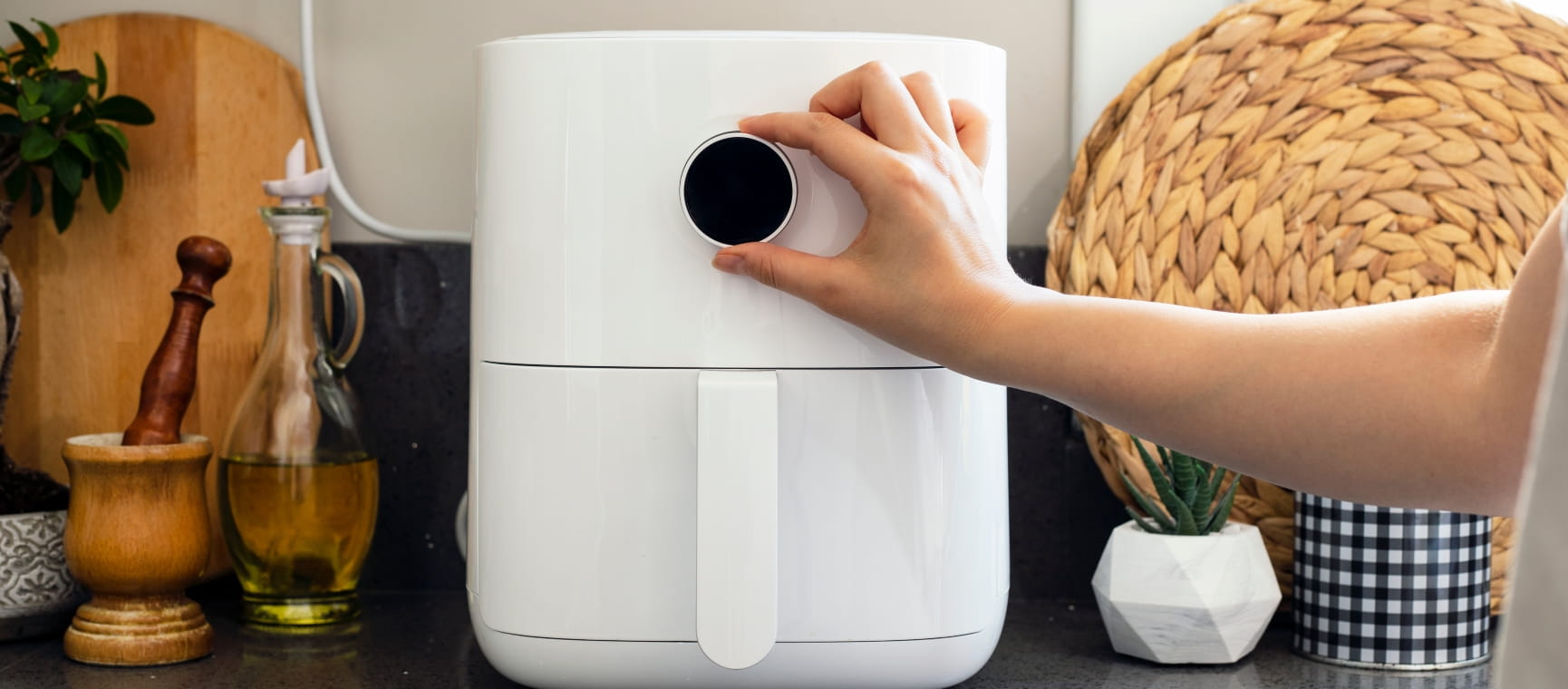
Home chefs are turning to their air fryer and slow cooker to save money on their energy bills. Which is cheaper to run?
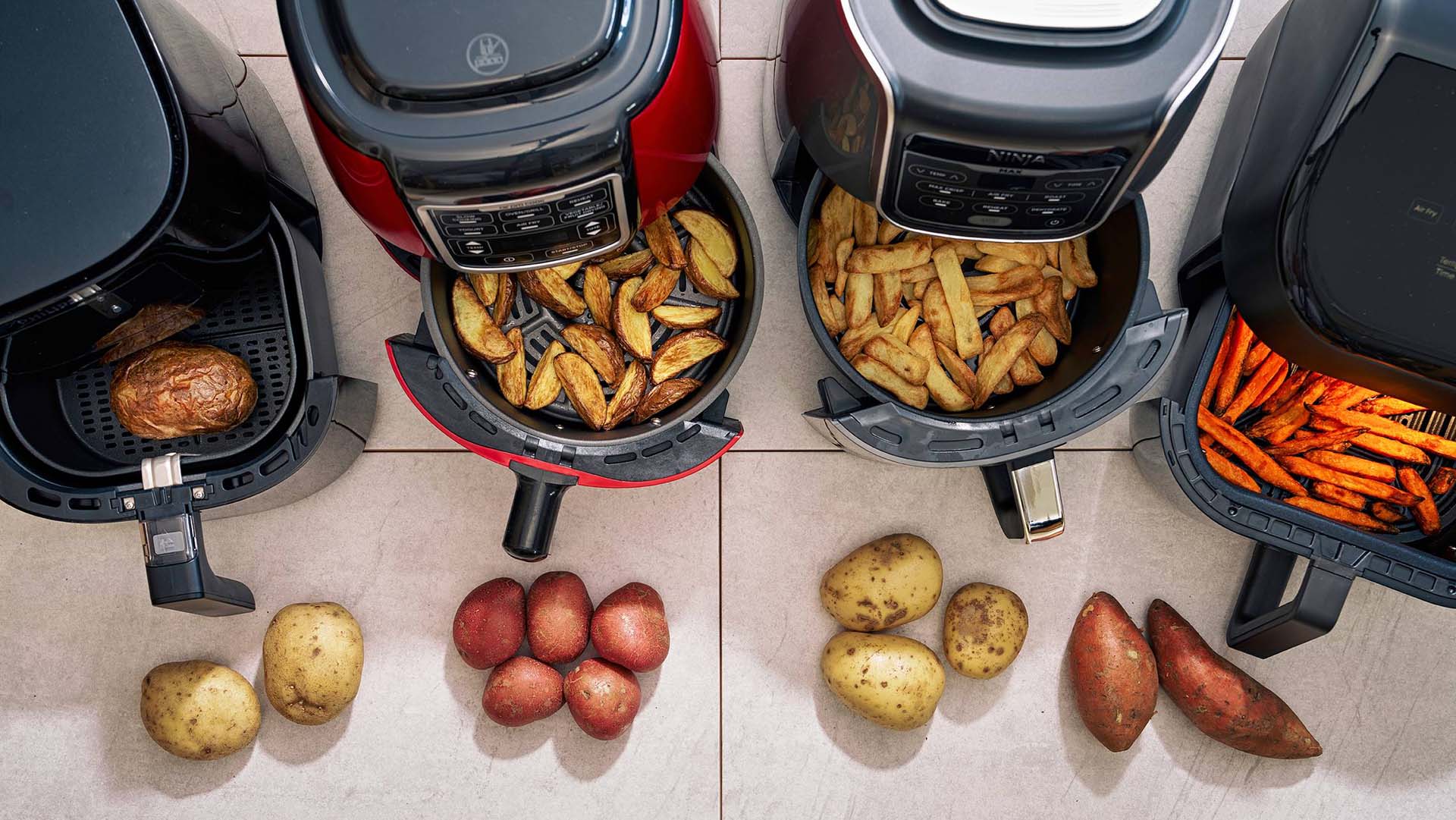
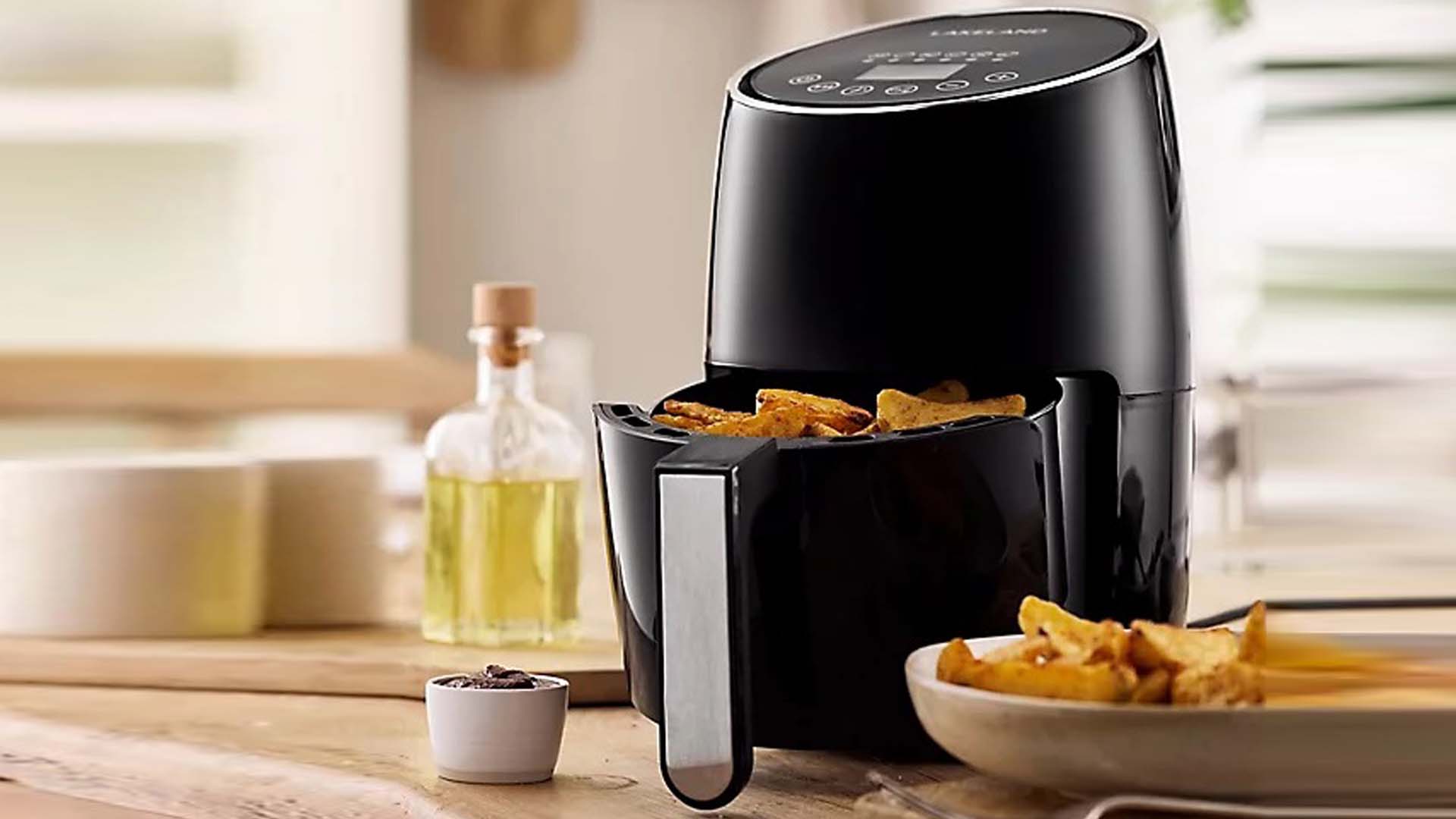
As well as being a healthy option, air fryers are said to save money – but in reality, how economical are they?
